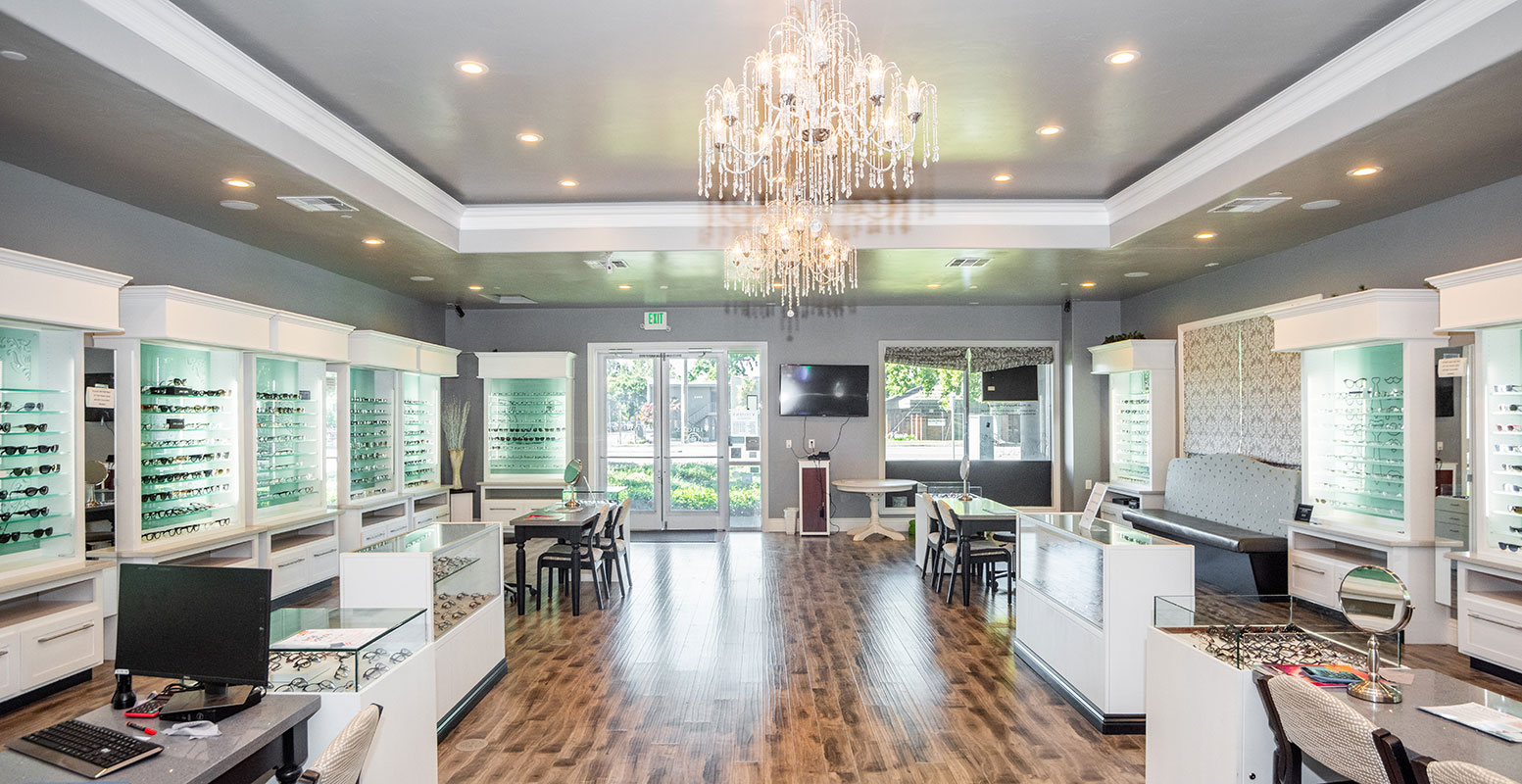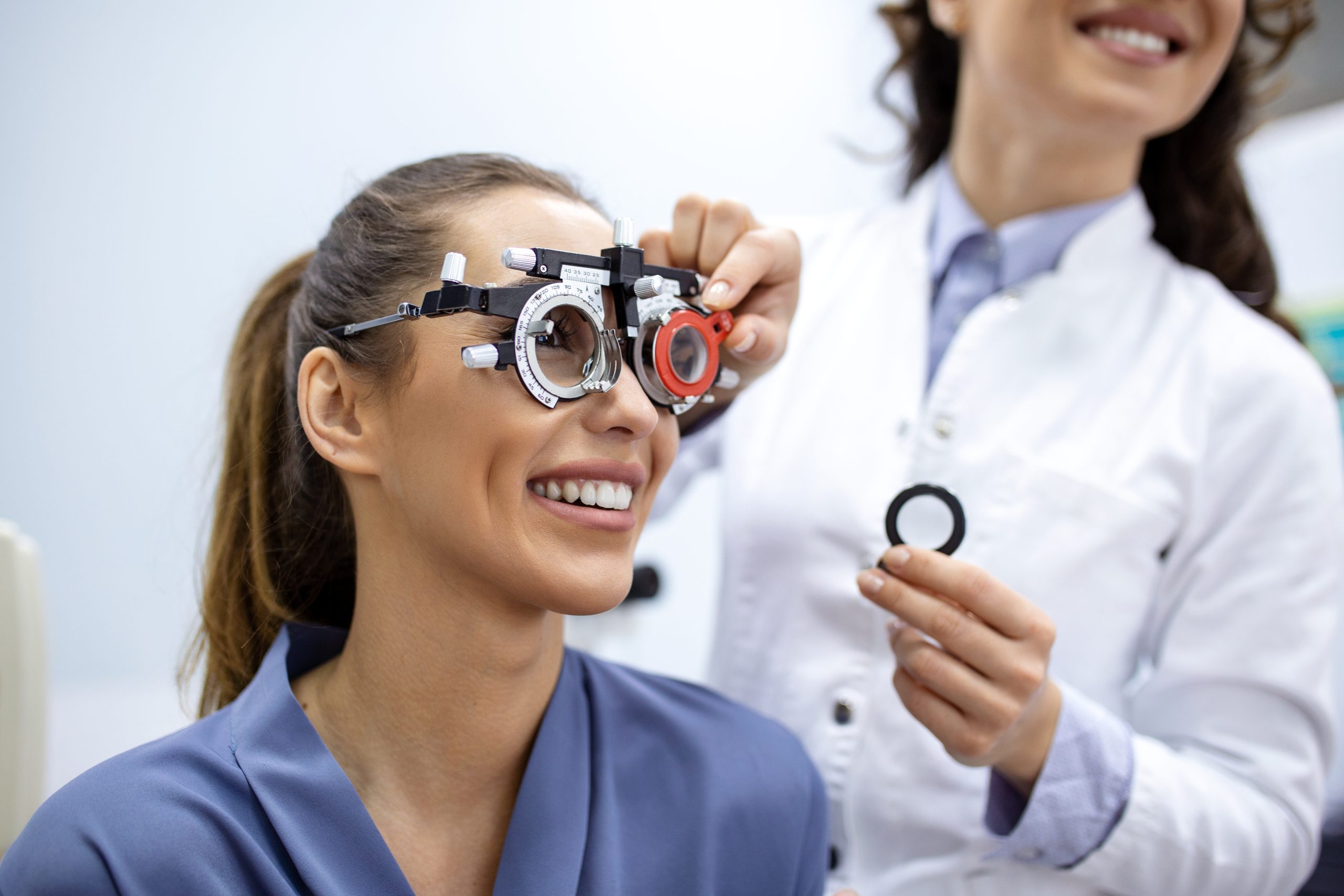Experience Personalized Treatment with Opticore Optometry in Chino
Experience Personalized Treatment with Opticore Optometry in Chino
Blog Article
Comprehending the Comprehensive Role of an Eye Doctor in Modern Eye Care
With improvements in modern technology and a boosting emphasis on preventative treatment, eye doctors are important in diagnosing and taking care of persistent eye conditions, while likewise involving in early condition detection. Exactly how do these responsibilities converge with their function in advertising general eye health, and what does this mean for individual outcomes in a collective medical care environment?
Expanded Scope of Technique
In current years, the role of eye doctors has developed substantially, with many experts now accepting a broadened extent of technique that expands beyond conventional eye evaluations. Their obligations now incorporate a wide range of solutions, consisting of prescribing medicines for ocular problems, taking care of persistent eye diseases, and performing minor medical procedures.
Even more, eye doctors are currently a lot more associated with collaborative care, functioning very closely with eye doctors, medical care physicians, and other medical care professionals to make sure alternative client care. This interprofessional partnership is critical in taking care of intricate situations that require a multidisciplinary approach. Furthermore, optometrists are playing a critical function in public wellness campaigns, such as vision screenings and eye wellness education and learning, focused on enhancing community health and wellness outcomes.
The broadened extent of method for eye doctors not only boosts their capacity to offer comprehensive treatment but additionally addresses the expanding need for easily accessible and reliable eye care services, adding to general medical care renovations.
Very Early Illness Discovery
Very early detection of eye conditions is significantly becoming a centerpiece in the expanded role of eye doctors. As key eye care service providers, eye doctors are distinctly positioned to determine early indications of ocular problems such as glaucoma, macular deterioration, diabetic person retinopathy, and cataracts. This essential function is vital, as early diagnosis can dramatically improve the monitoring and diagnosis of these conditions, possibly stopping vision loss and boosting individual outcomes.
Eye doctors employ detailed eye evaluations to spot subtle modifications in vision and eye health and wellness. These assessments typically include analyses of visual acuity, intraocular stress, and retinal wellness. The ability to identify very early signs of systemic wellness issues, such as high blood pressure and diabetes, with eye indications better highlights the value of routine eye examinations. Early intervention is not just valuable in preserving vision however also in minimizing healthcare prices related to sophisticated condition treatments.
Furthermore, optometrists play an important role in patient education and learning, highlighting the relevance of regular eye assessments as part of general health care. By promoting a proactive approach to eye care, eye doctors contribute dramatically to public health and wellness, making sure conditions are caught and managed properly before they can proceed.
Advanced Diagnostic Techniques
Advanced diagnostic methods have actually changed the practice of optometry, allowing professionals to spot and keep track of ocular diseases with extraordinary accuracy. These advancements have actually transformed the optometric landscape, enabling for more innovative evaluation and treatment methods. Technologies such as optical coherence tomography (OCT) offer high-resolution, cross-sectional images of the retina, promoting early discovery of conditions like glaucoma and macular degeneration. This non-invasive technique has ended up being essential in contemporary optometry, providing detailed understandings right into retinal layers.
Another crucial development is electronic retinal imaging, which catches extensive sights of the retina utilizing high-definition cameras. This technology is essential in recognizing changes in retinal structure gradually, thereby aiding in the monitoring of problems like diabetic retinopathy. Visual field testing, improved by computer-aided systems, enables specific mapping of a client's area of vision, essential in tracking and diagnosing glaucoma progression.
Corneal topography, one more notable diagnostic device, generates in-depth maps of the cornea's surface. This is specifically advantageous in suitable get in touch with lenses and company website intending refractive surgical procedure. These sophisticated analysis strategies collectively make it possible for optometrists to supply proactive, targeted treatment, guaranteeing better patient end results and enhancing their crucial duty in eye health monitoring.
Handling Persistent Eye Problems
Handling persistent eye conditions is a keystone of optometric treatment that requires an extensive understanding of different ocular conditions and their long-lasting effects. Optometrists play an essential function in monitoring, handling, and diagnosing conditions such as glaucoma, diabetic retinopathy, and age-related macular deterioration. These problems, if left without treatment, can bring about substantial aesthetic disability or blindness, highlighting the vital value of recurring treatment and monitoring.
Optometrists use a variety of analysis tools, consisting of optical coherence tomography (OCT), aesthetic field screening, and fundus photography, to examine the progression of these persistent problems. By carefully monitoring changes in ocular wellness, optometrists can change therapy strategies to reduce disease progression. This might involve suggesting medications, recommending way of living modifications, or coordinating with ophthalmologists for medical interventions when needed.

Role in Preventive Treatment
Precautionary care is an essential facet of optometry that concentrates on maintaining eye wellness and preventing the onset of ocular conditions. Eye doctors play an essential role in very early discovery and prevention, using routine eye examinations to identify threat aspects and subtle adjustments in eye wellness. Optometrist Chino. These examinations are not simply concerning vision correction yet encompass a thorough analysis of eye functions and structures, enabling the identification of problems such as glaucoma, cataracts, and macular deterioration at a beginning
Along with diagnostics, eye doctors enlighten clients on lifestyle choices that advertise eye health and wellness, such as appropriate nutrition, UV defense, and the importance of useful source routine eye examinations. They encourage on the proper use of electronic tools to stop digital eye pressure, a growing worry in the digital age. Optometrists likewise supply guidance on safety eyewear for work-related and leisure activities, mitigating the threat of injury.
Precautionary eye care encompasses systemic health problems that materialize in the eyes, such as diabetes mellitus and high blood pressure. By teaming up with various other healthcare professionals, eye doctors add to alternative client care, highlighting the interconnectedness of systemic and ocular health and wellness. This aggressive approach is necessary in protecting aesthetic skill and total health.
Final Thought
Optometrists currently occupy a critical function in contemporary eye treatment, defined by an expanded extent that consists of detecting and managing persistent eye conditions, suggesting drugs, and carrying out minor operations (Opticore Optometry). Their know-how in early disease discovery is boosted by advanced diagnostic strategies such as optical coherence tomography and electronic retinal imaging. By stressing preventative treatment and patient education and learning, eye doctors add considerably to general eye health and wellness, collaborating with other health care experts to guarantee thorough and efficient patient outcomes

In addition to diagnostics, eye doctors enlighten people on lifestyle options that advertise eye wellness, such as appropriate nutrition, UV defense, and the importance of normal eye examinations.Preventive eye treatment expands to systemic health and wellness issues that show up in the eyes, such as diabetes and high blood pressure.Optometrists now occupy an essential function in modern eye treatment, defined by an increased extent that consists of identifying and managing persistent eye conditions, suggesting drugs, and doing small medical procedures.
Report this page